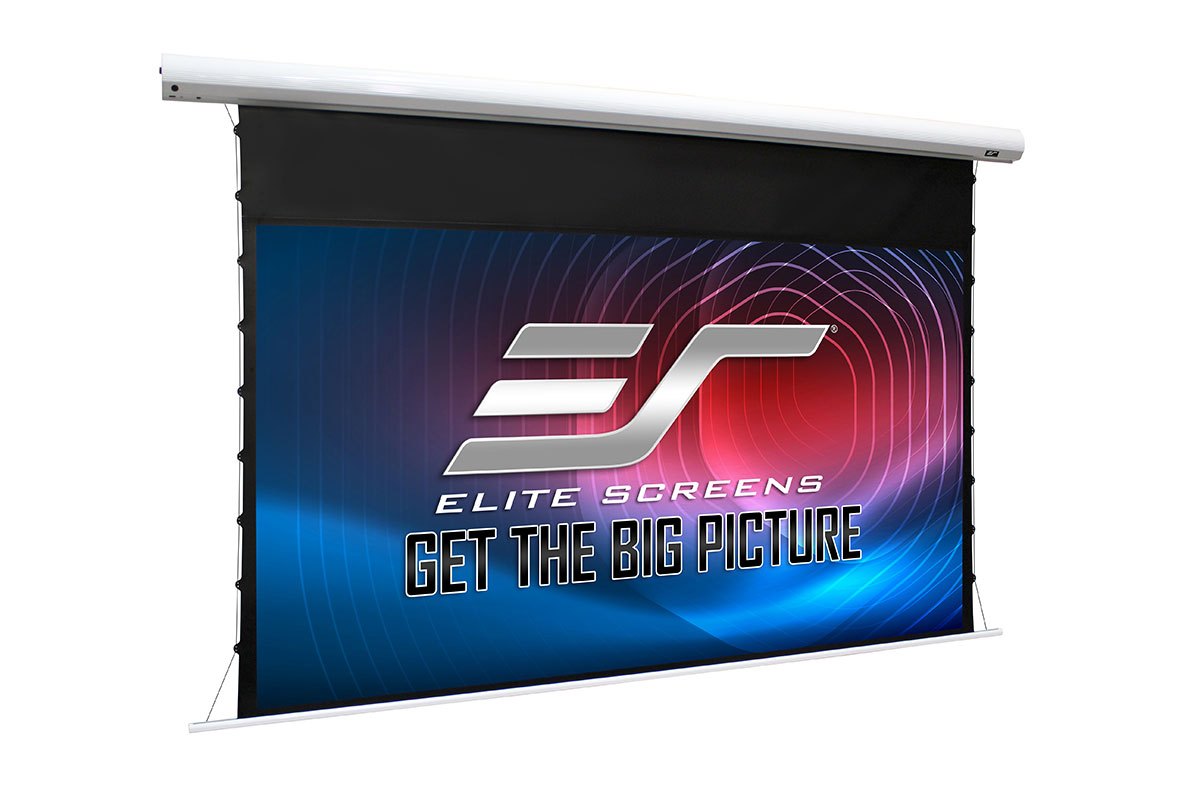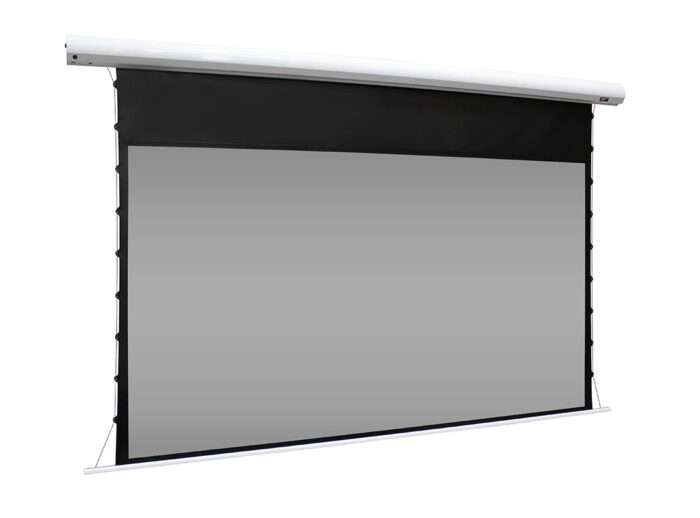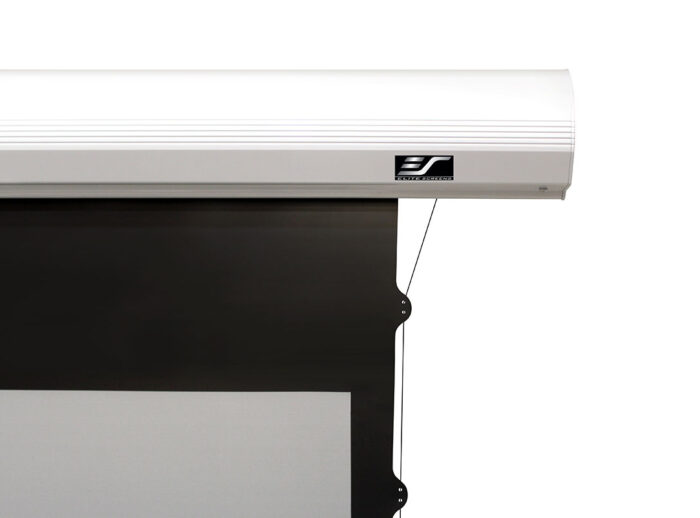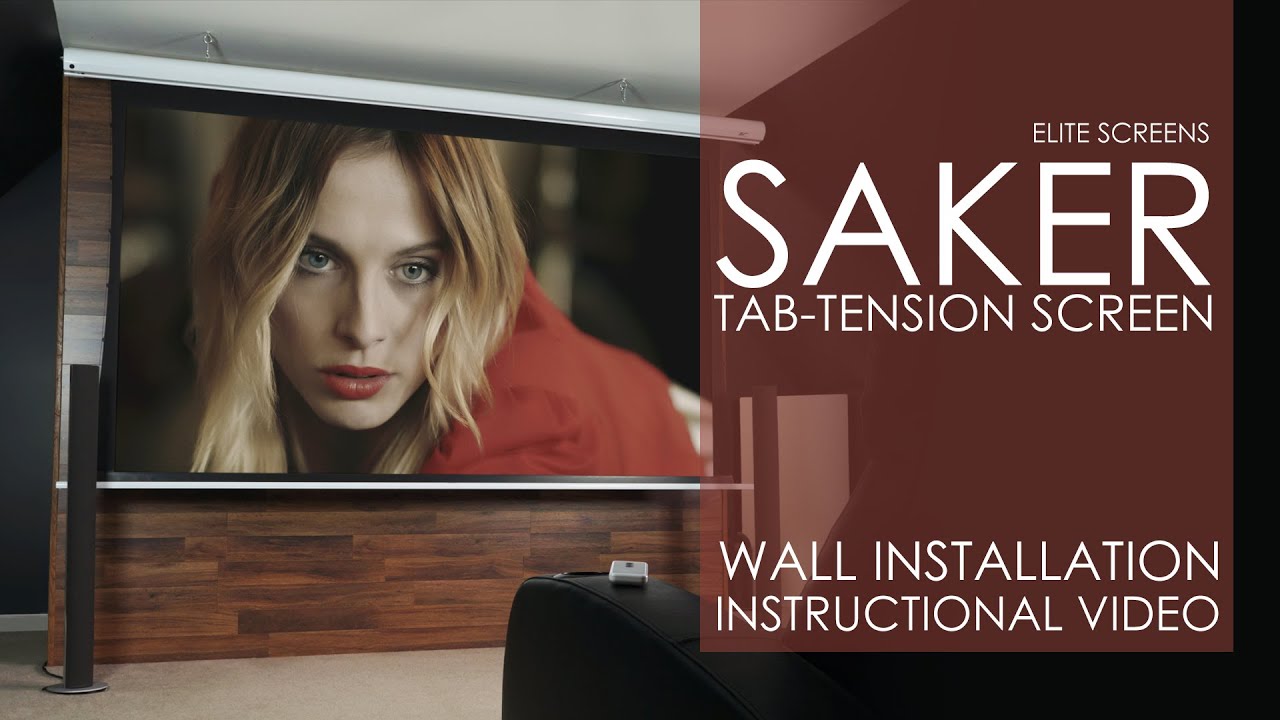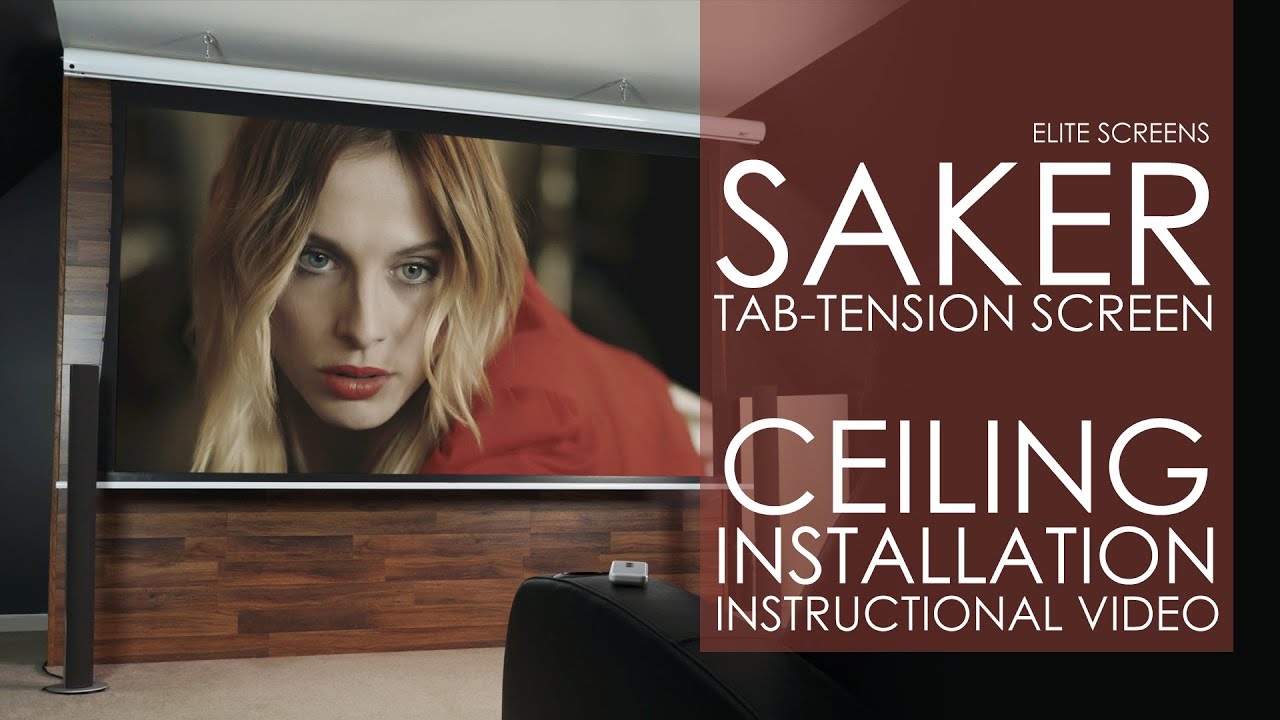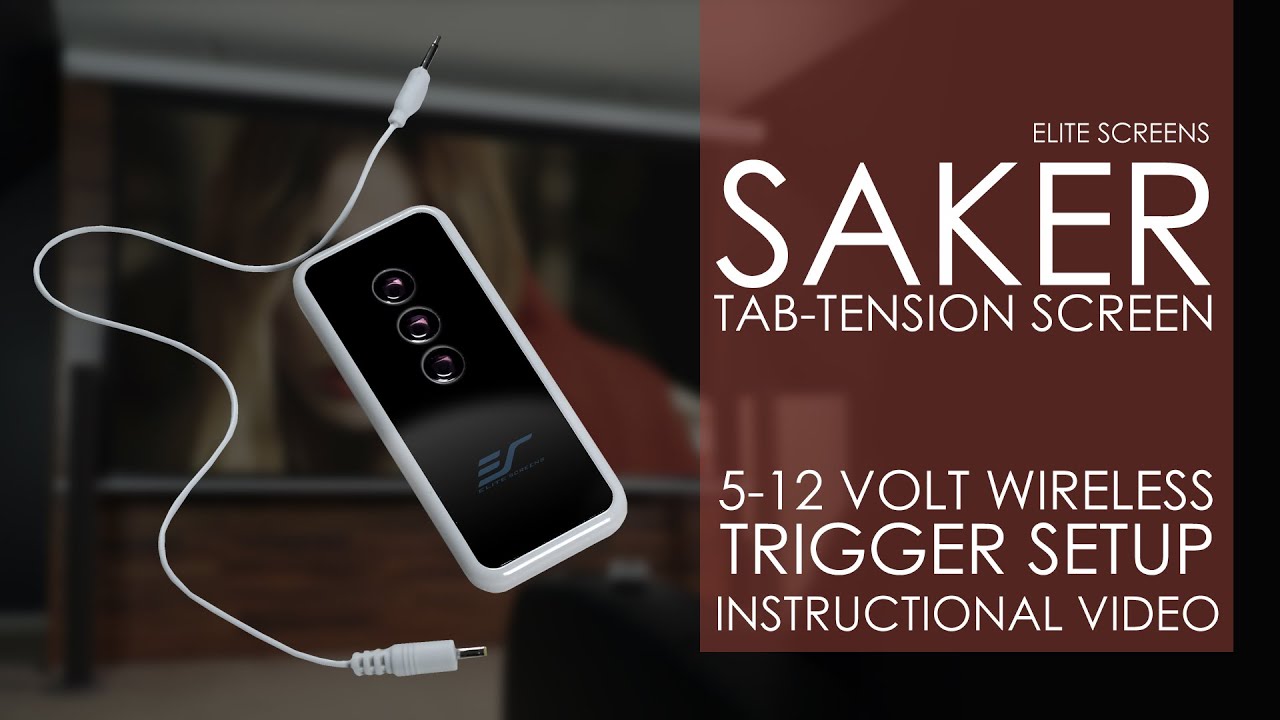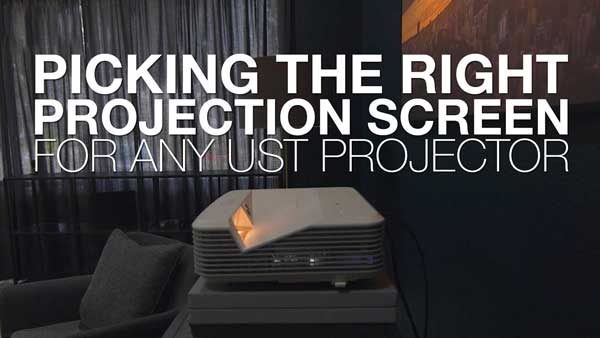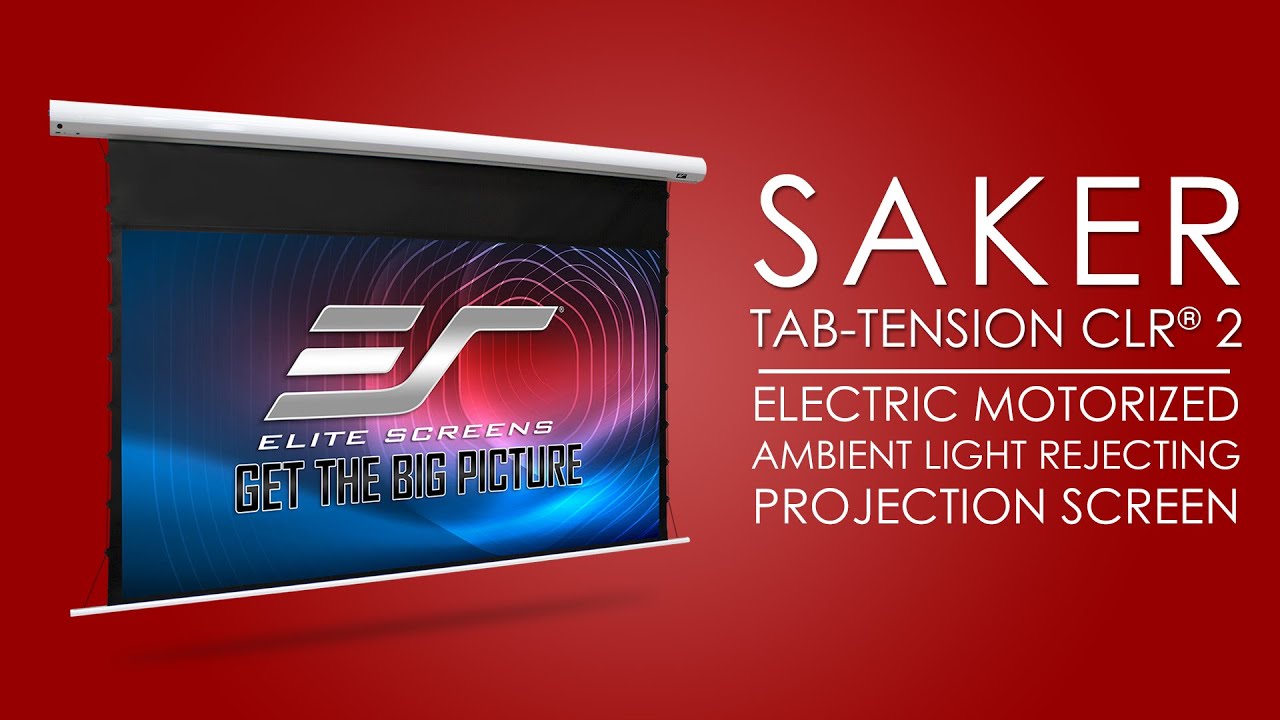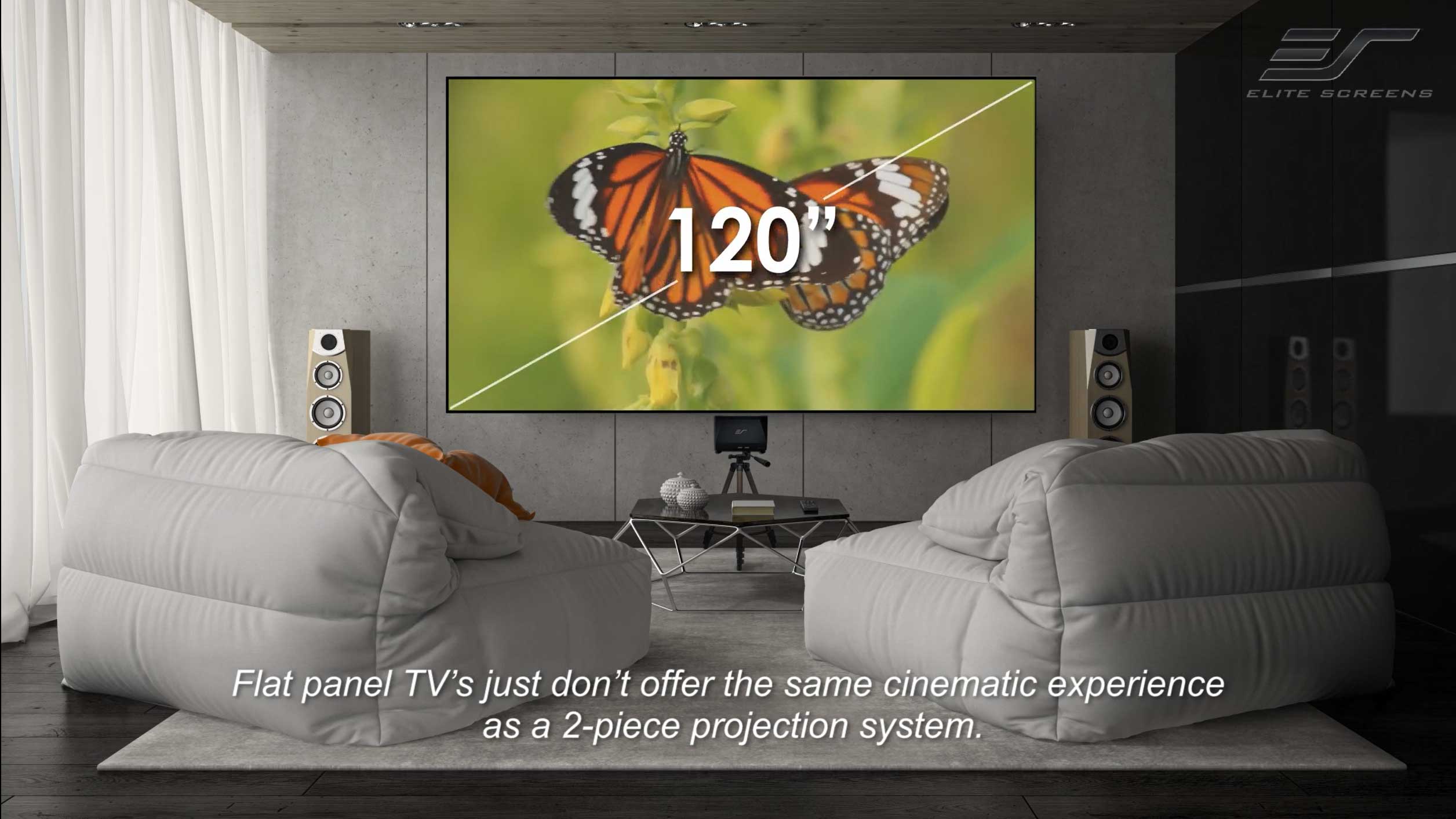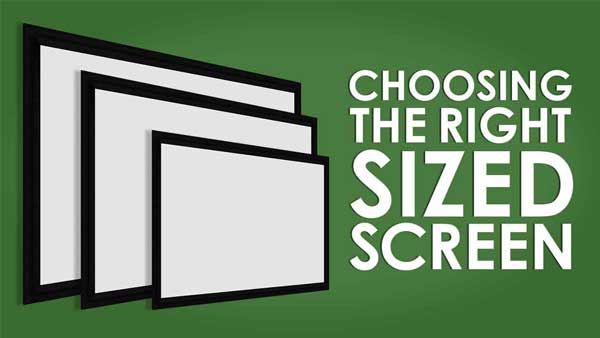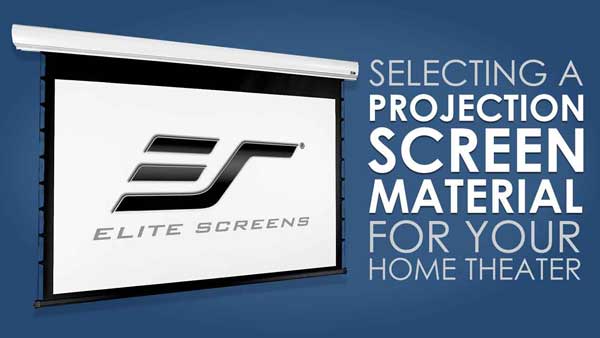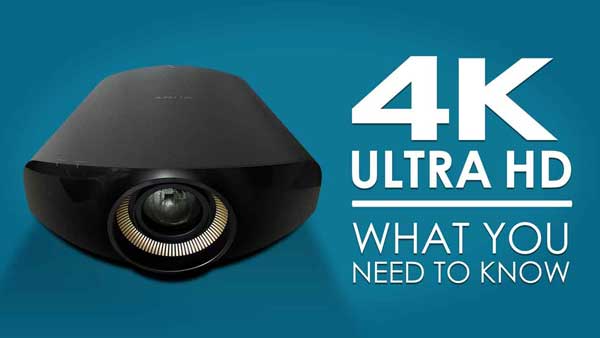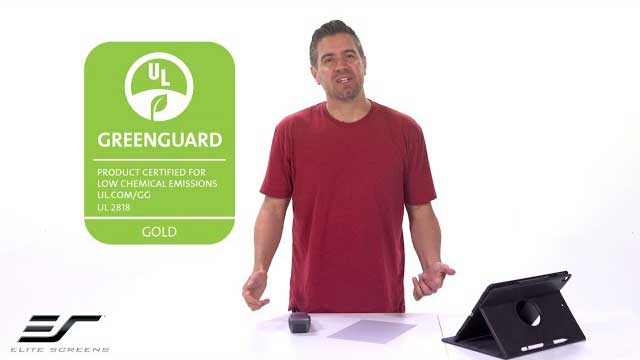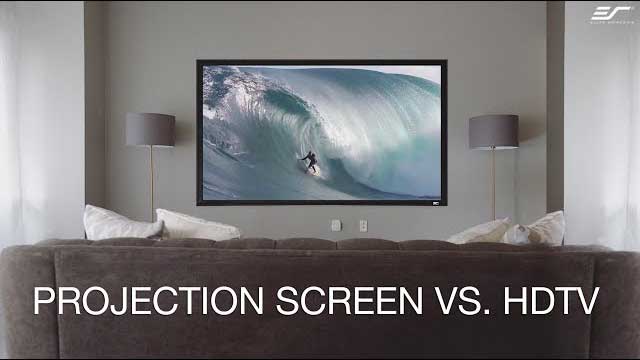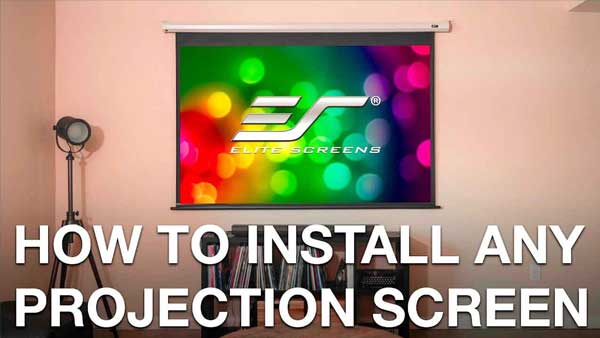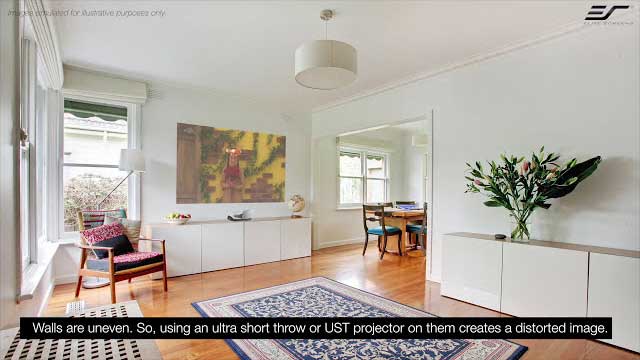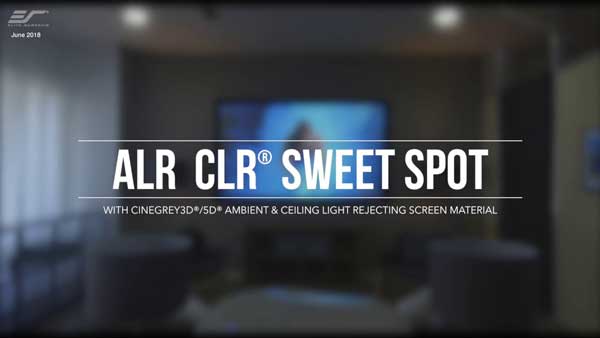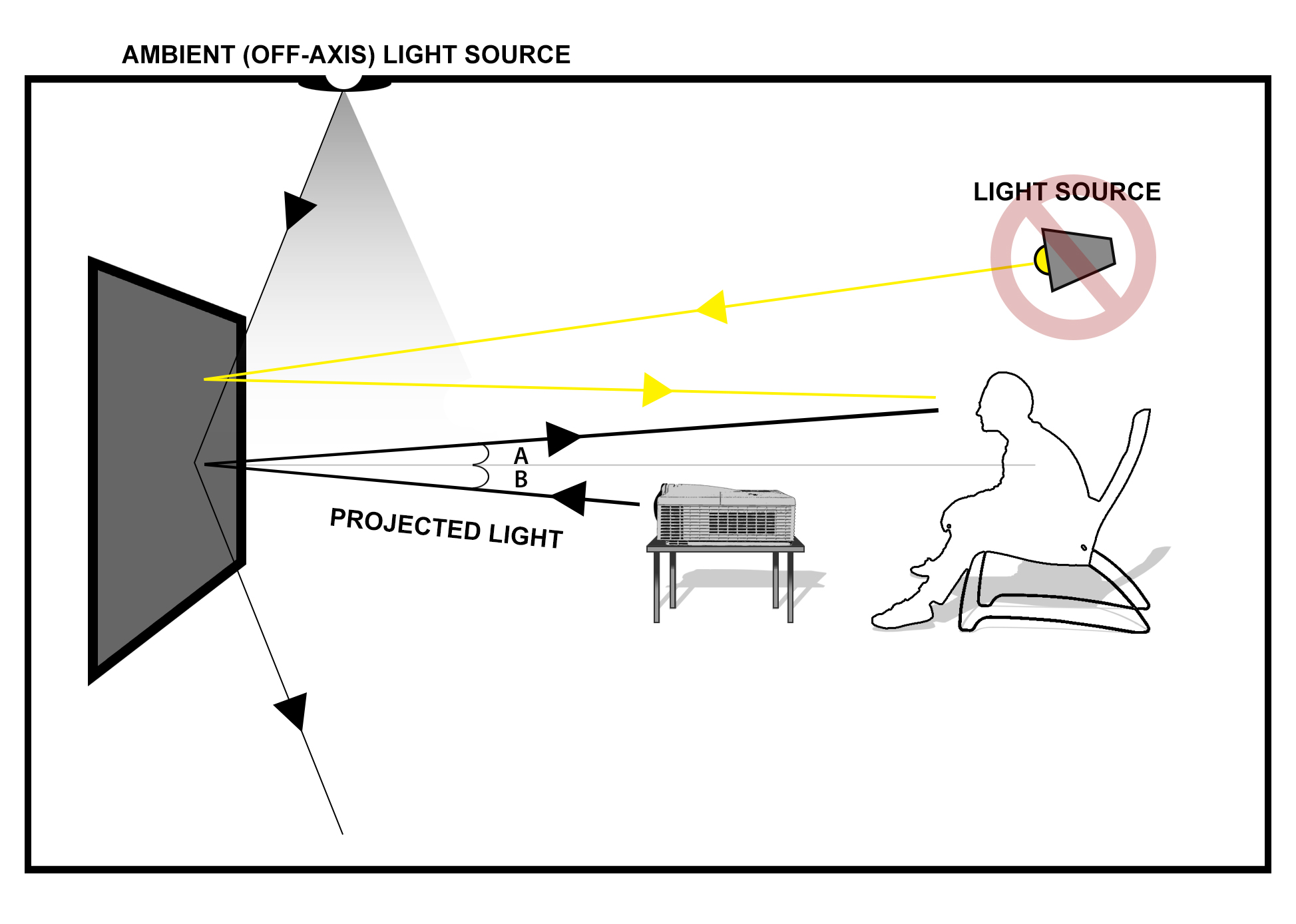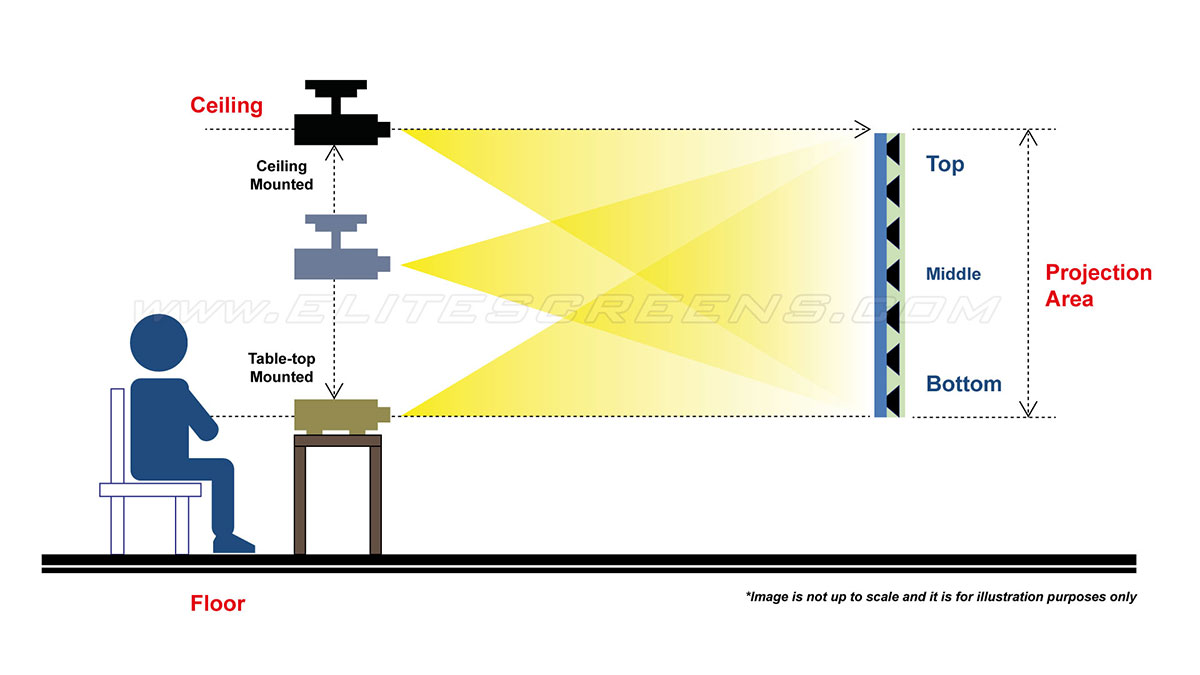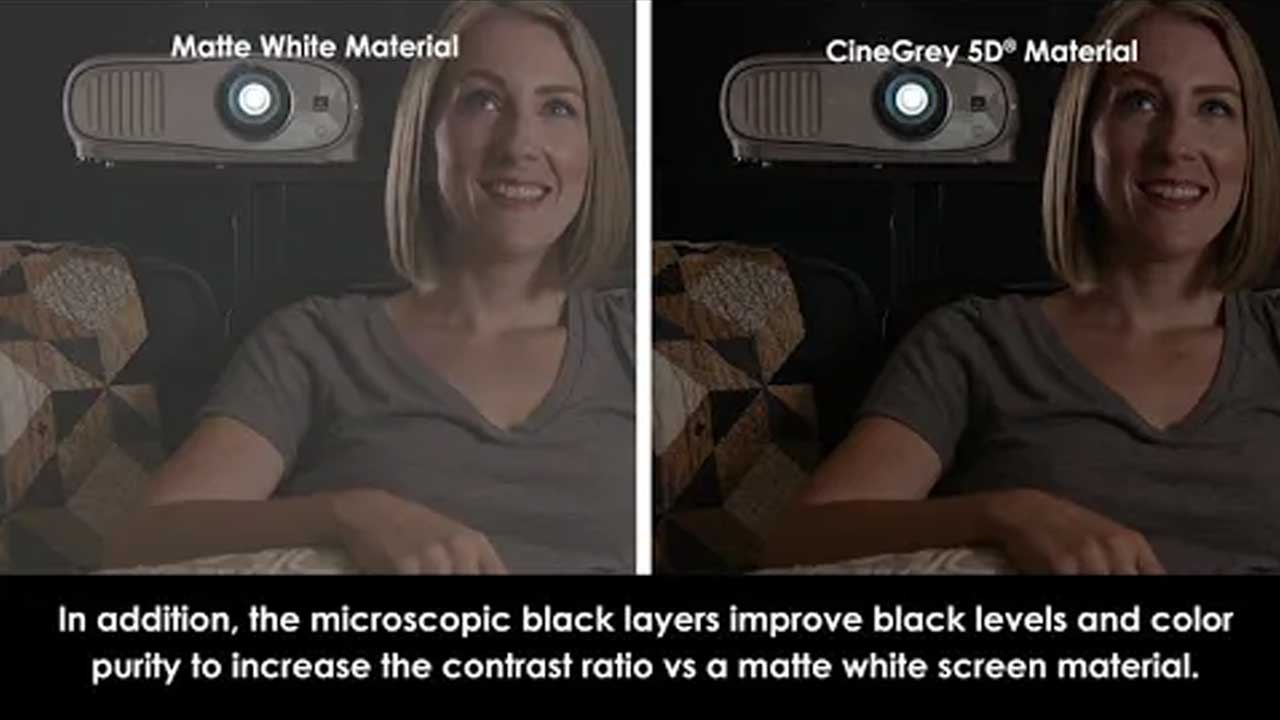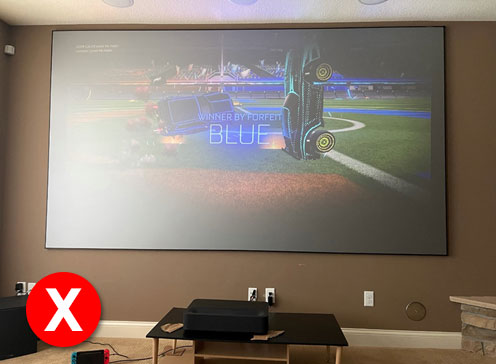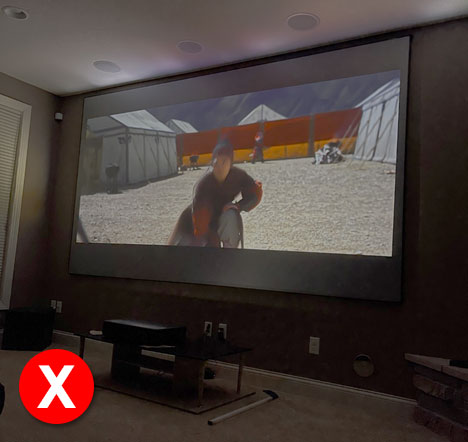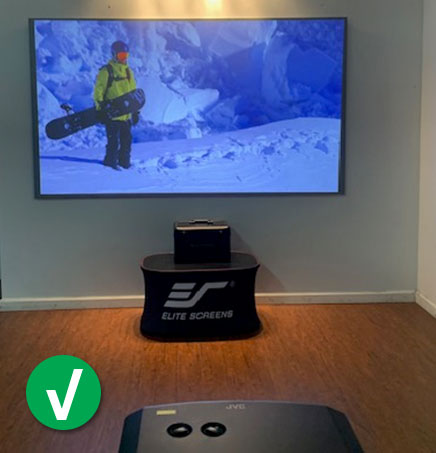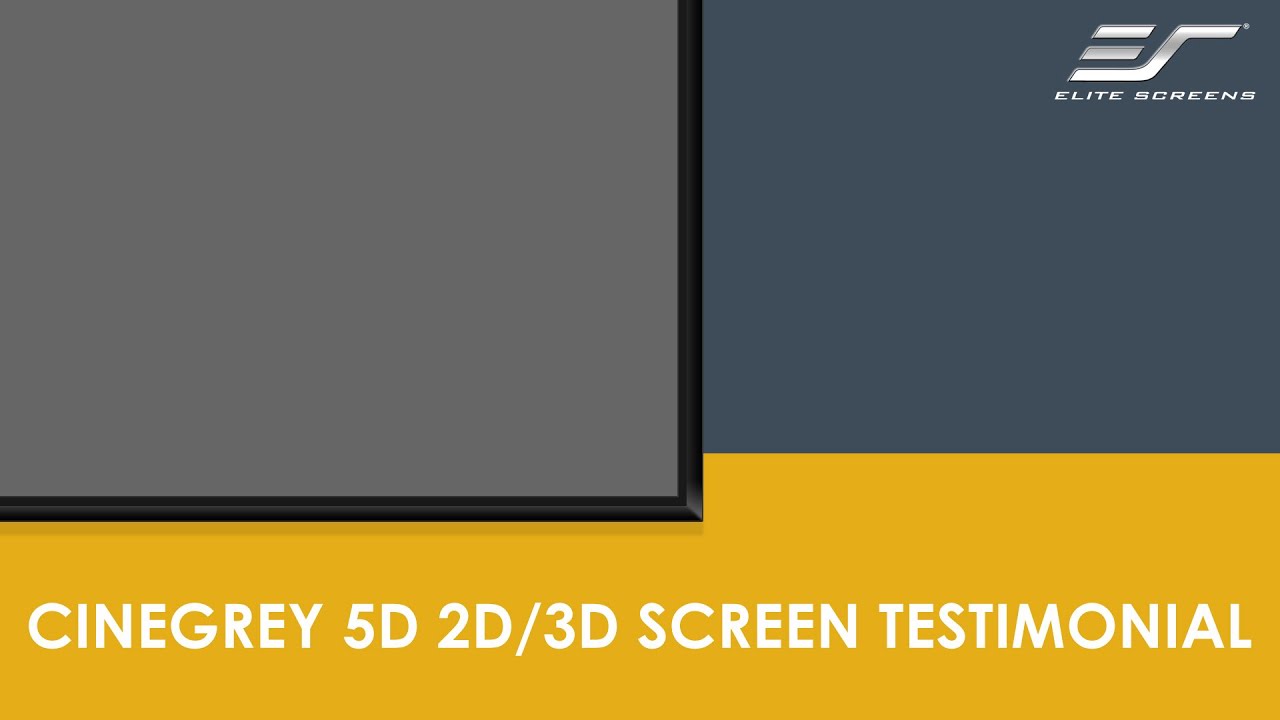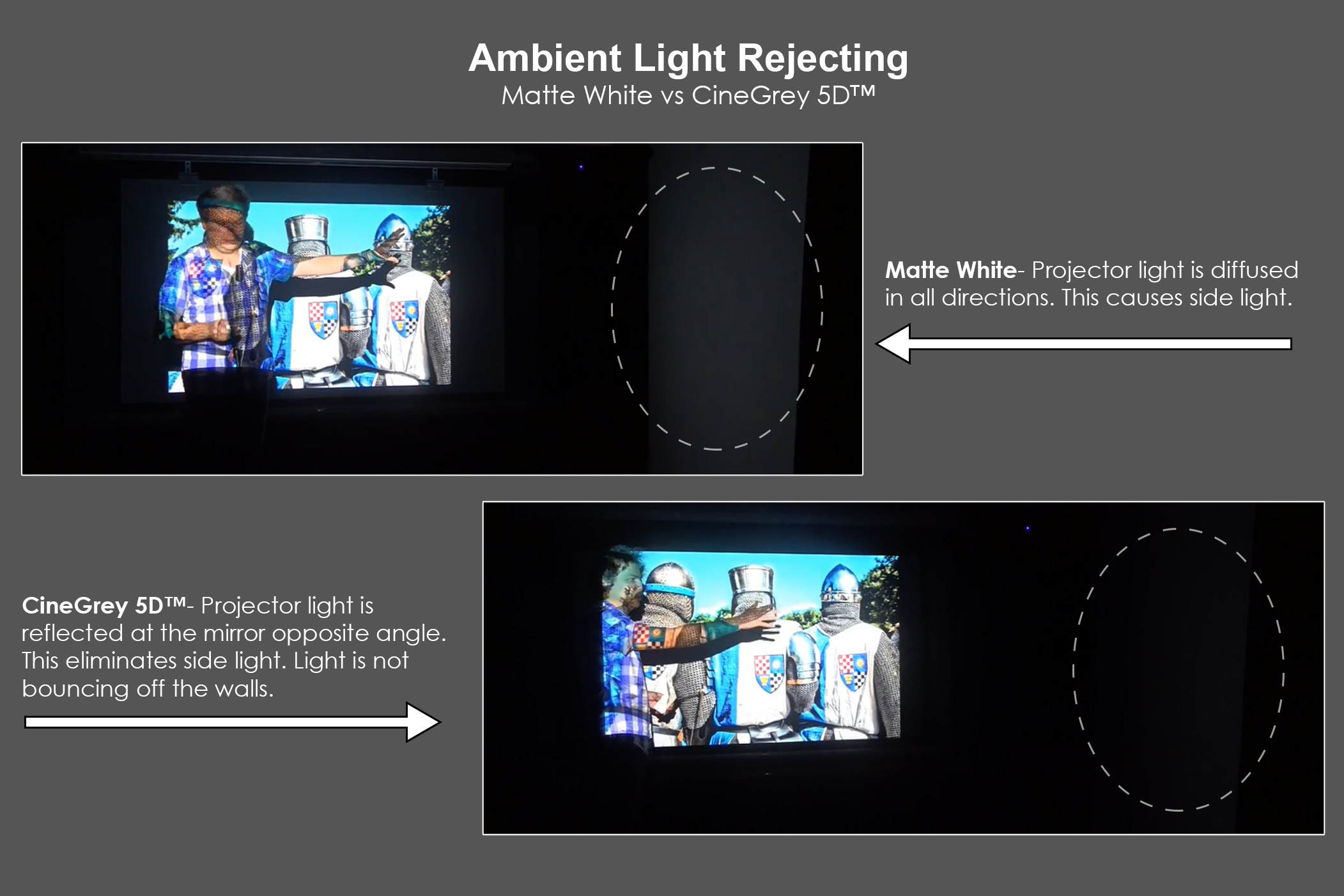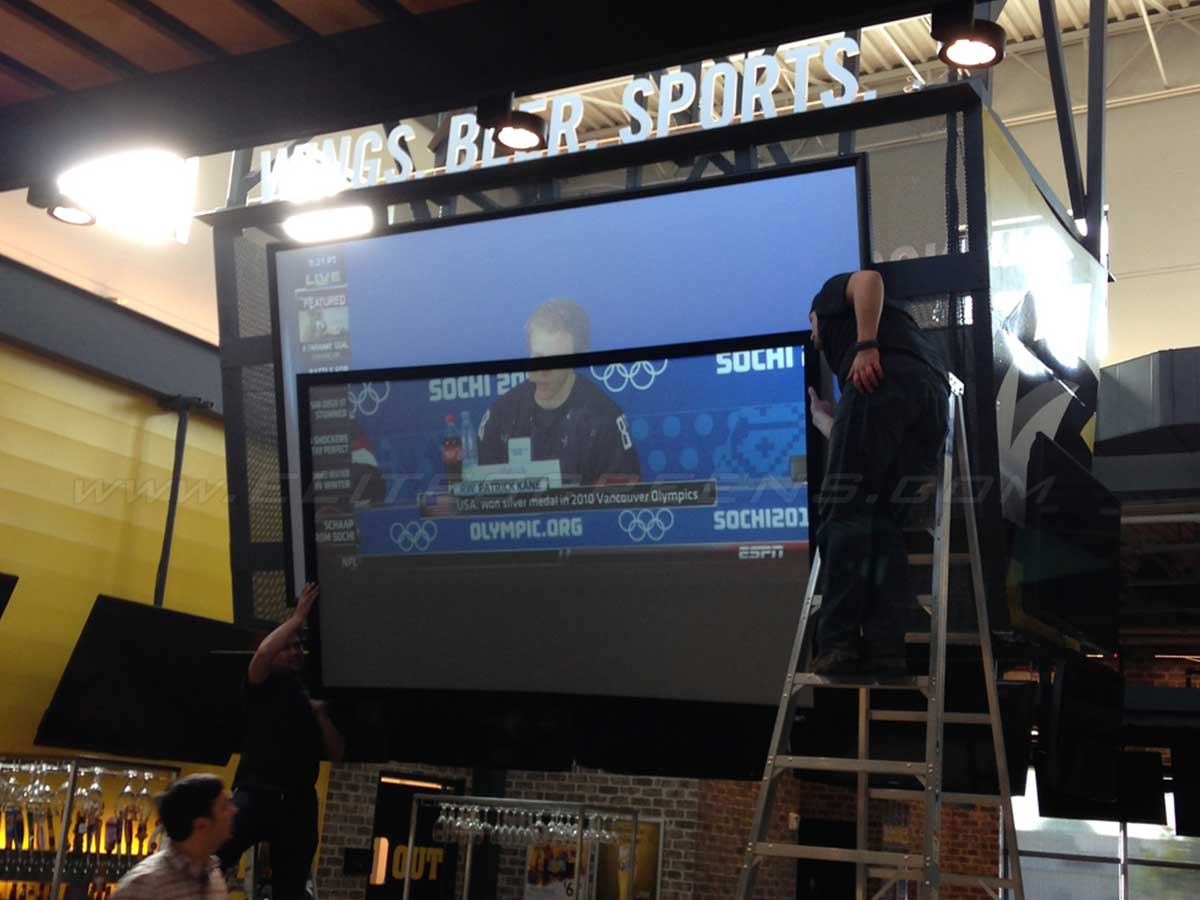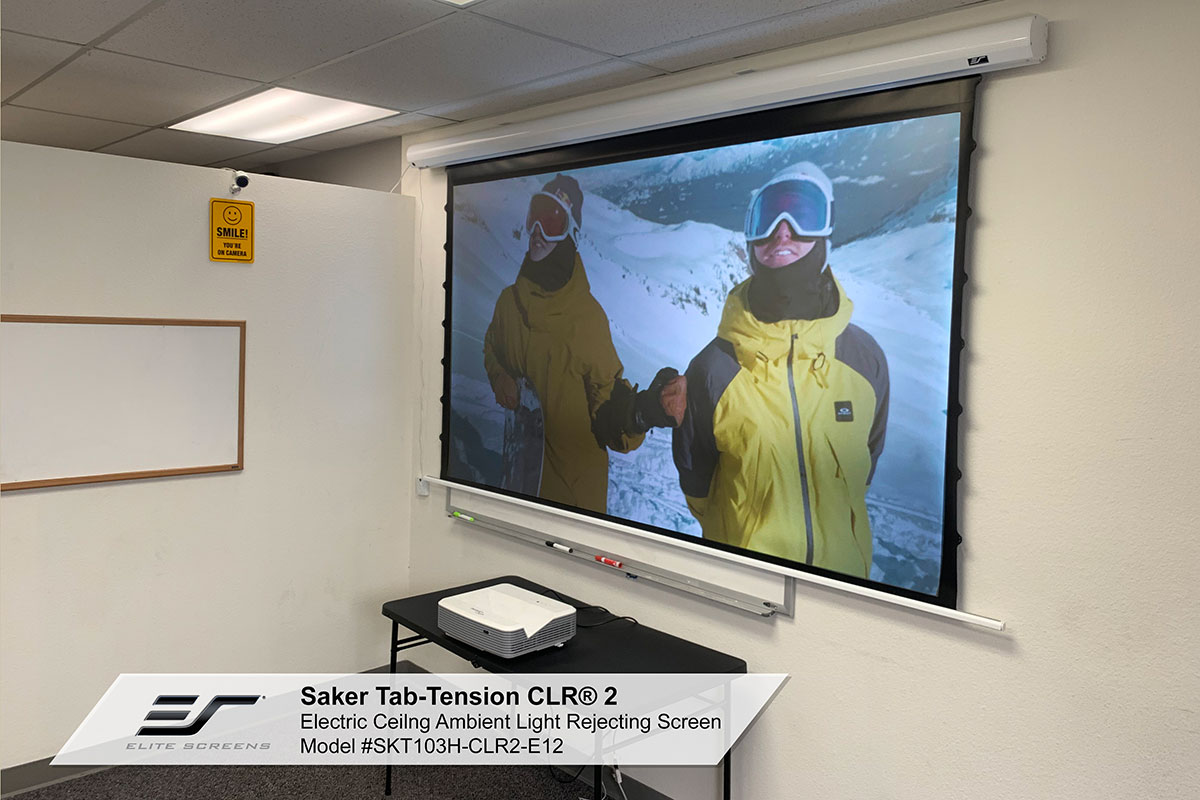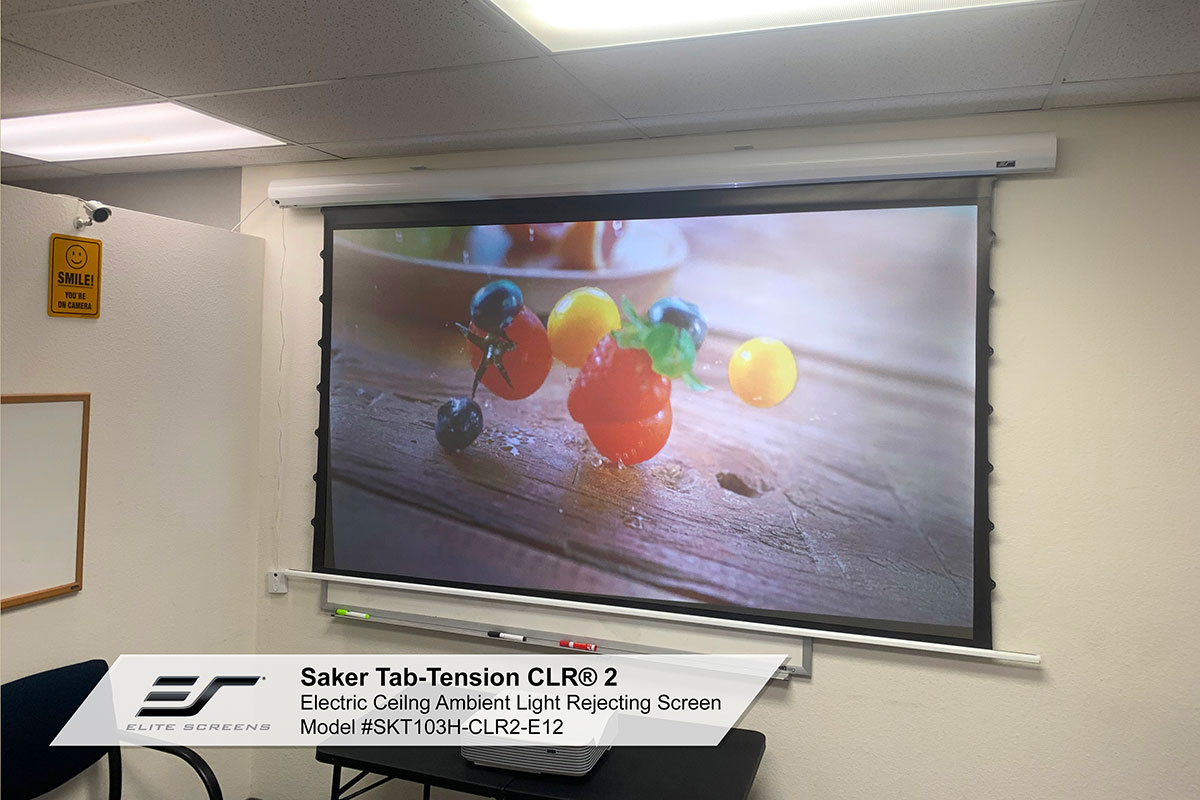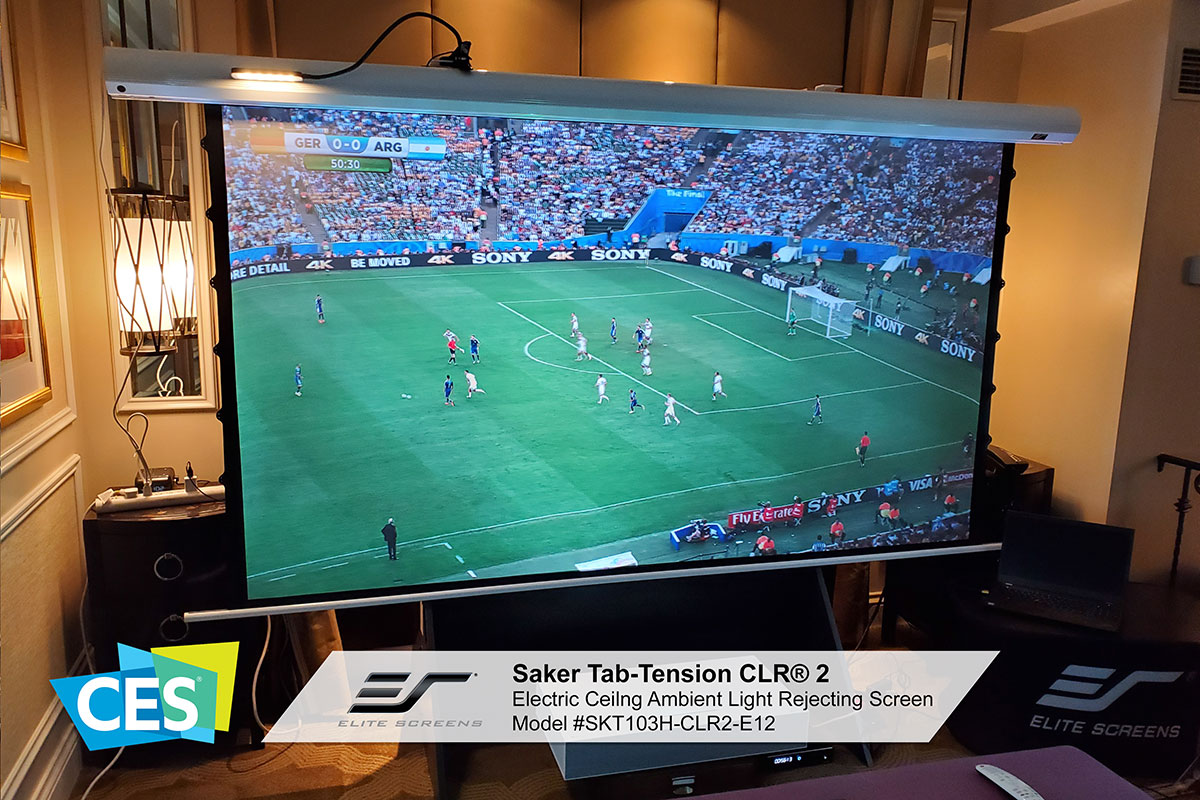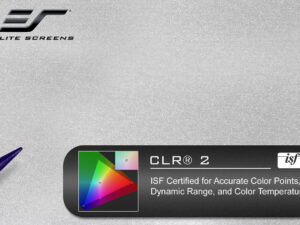Ambient Light Rejecting Motorized Screen
Saker Tab-Tension CLR® 2 Series
The Saker Tab-Tension CLR® 2 is a Ceiling Light Rejecting (CLR®) electric projector screen that features Elite Screens proprietary CLR® 2 front projection material. The CLR® 2 material incorporates a unique layered micro-structural compound that rejects ceiling and off-axis light and is compatible with ultra-short throw and short-throw projectors. This produces a clear image with enhanced contrast while mitigating the washout effects of ambient light. It comes in our Saker electric wall/ceiling “roll-up” configuration. It is tab-tensioned for true flatness over its projection surface. Standard accessories include Infrared and Radio Frequency remotes, a detachable keypad switch, and a 5-12volt wireless projector trigger.
Screen Material
- CLR® 2 Ceiling Light Rejecting® material absorbs up to 90% of overhead lighting
- 50x contrast enhancement over standard matte white screens under normal room lighting conditions
- Multi-layer optical micro-structures filter out ambient light for superior picture quality
- Black-backing (non-opaque) enhances image brightness
- Black masking borders format the image and absorb projector overshoot
- ISF Certified for Accurate Color Reproduction
- Scratch-resistant and easy to clean
- Compatible with Ultra Short-throw (UST) and Short-throw projectors
(Check EliteProjector® Ultra-Short Throw Projector) - 4K/8K Ultra HD Ready, smooth non-textured surface
- Available in diagonal size 103” in 16:9 aspect ratio
Design and Installation
- Durable corrugated aluminum with white enamel coating
- Tab-tension design helps maintain a flat projection surface
- Ships fully assembled with standard 3-prong power connection ready to plug and play
- Flush wall/ceiling floating brackets included permit wood stud installation and slide horizontally for proper centering
- Includes pair of eyebolts for a suspended (hanging-ceiling) installation
Control System
- Integrated Radio Frequency and Infrared receivers with IR/RF remotes
- Detachable 3-way wall switch keypad, IR “eye” sensor, and wired projector trigger
- Wireless 5-12-volt trigger enables Drop/Rise operation to synchronize with the projector’s power cycle
Quality and Reliability
- Fast acting tubular motor with superior weight tolerance
- 2-year limited warranty, and 3-year warranty for ENR-G – Education, Non-profit, Religious and Government/Military organizations
- Lifetime Tech Support by Elite Screens Professional Service Team through Email, Phone or Online Form.
Please click here for installation tip (PDF)
Lifestyle Gallery
Undoctored image of actual projector presentation
2-year limited warranty, and 3-year warranty for ENR-G – Education, Non-profit, Religious and Government/Military organizations
Lifetime Tech Support by Elite Screens Professional Service Team through Email, Phone or Online Form.

